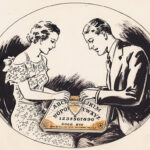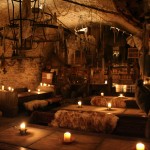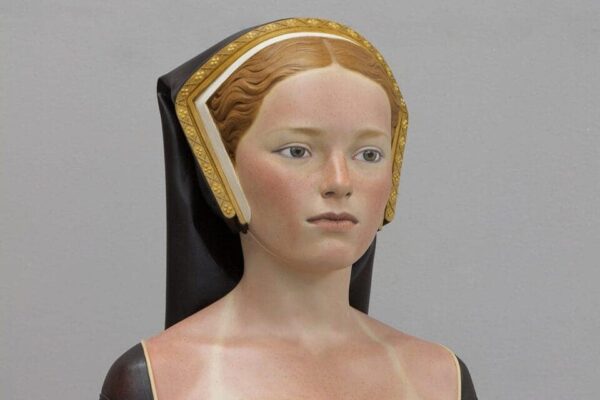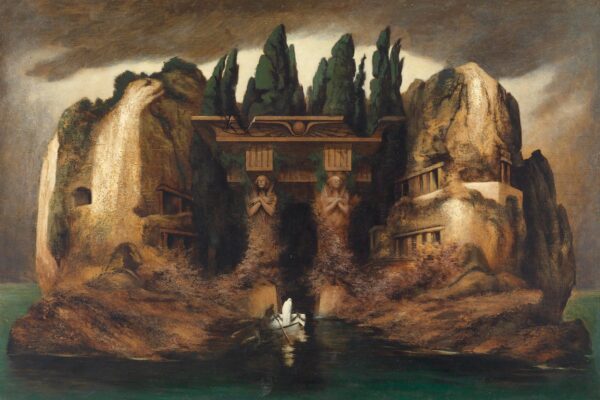Cauldrons ready?
1. Vintage ephemera from the Talking Board Historical Society
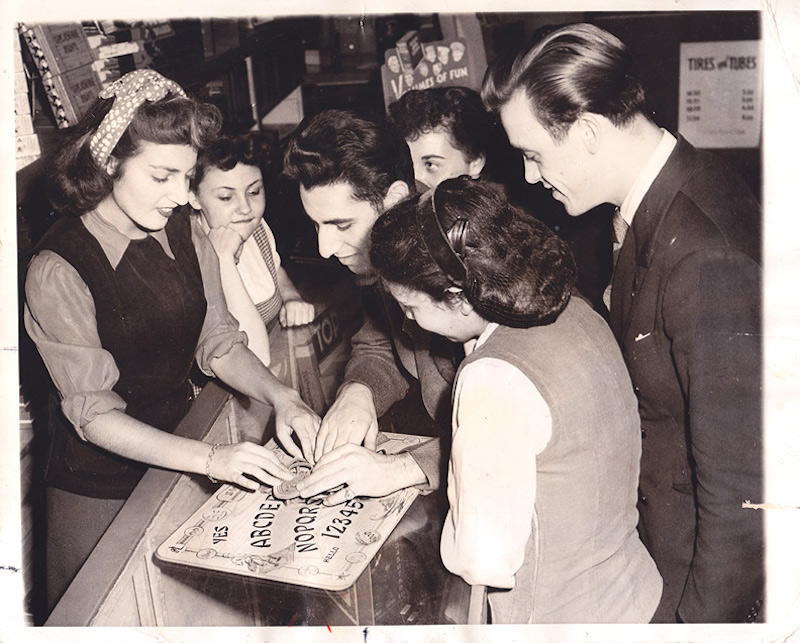
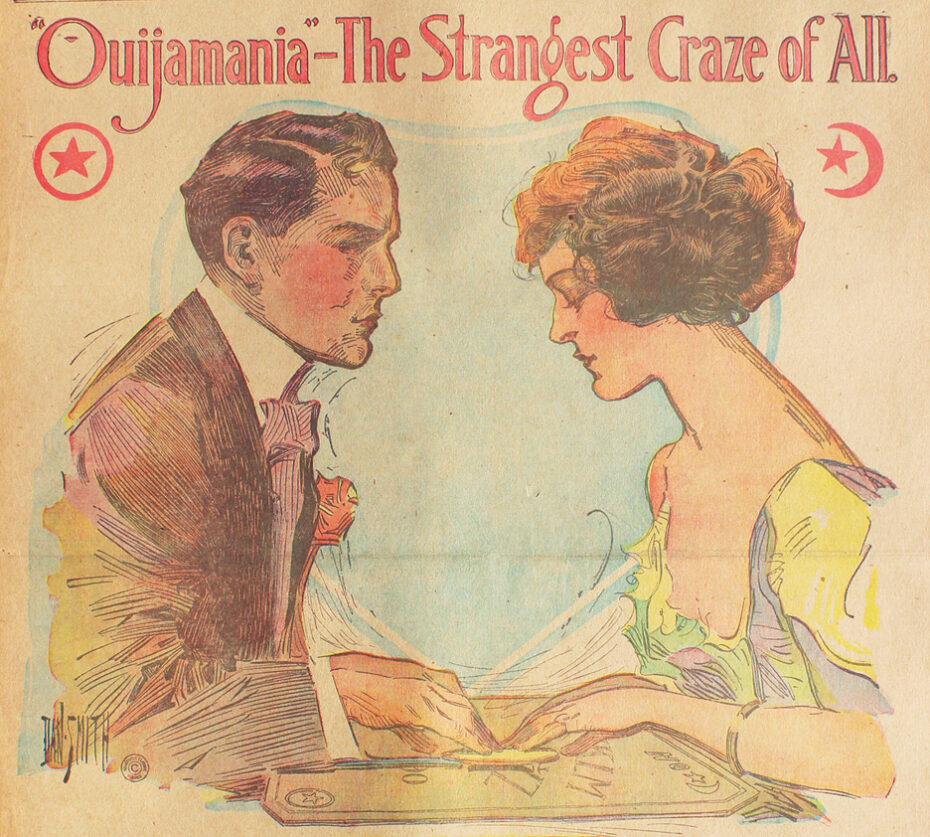
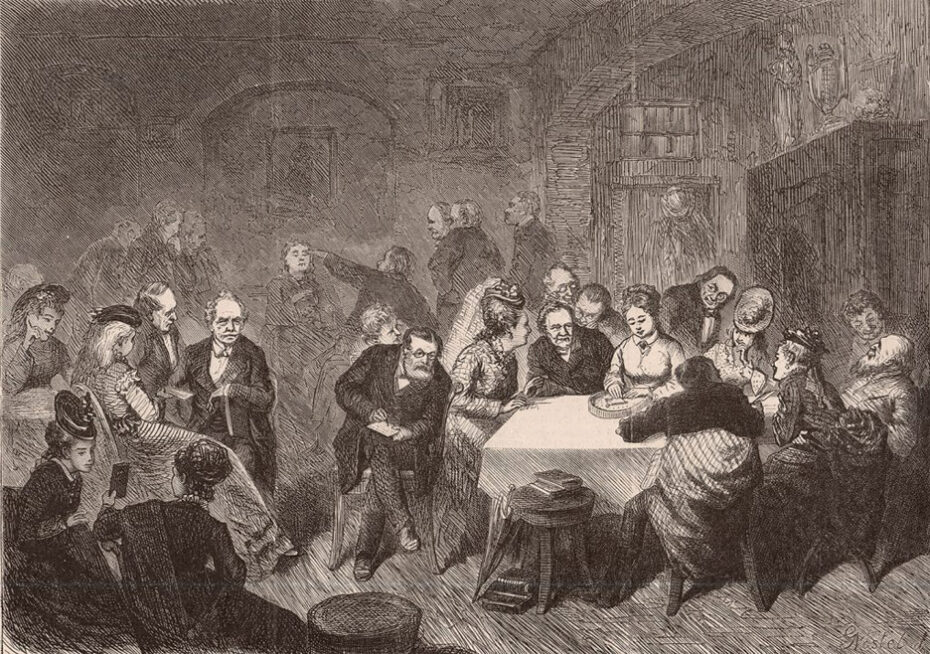
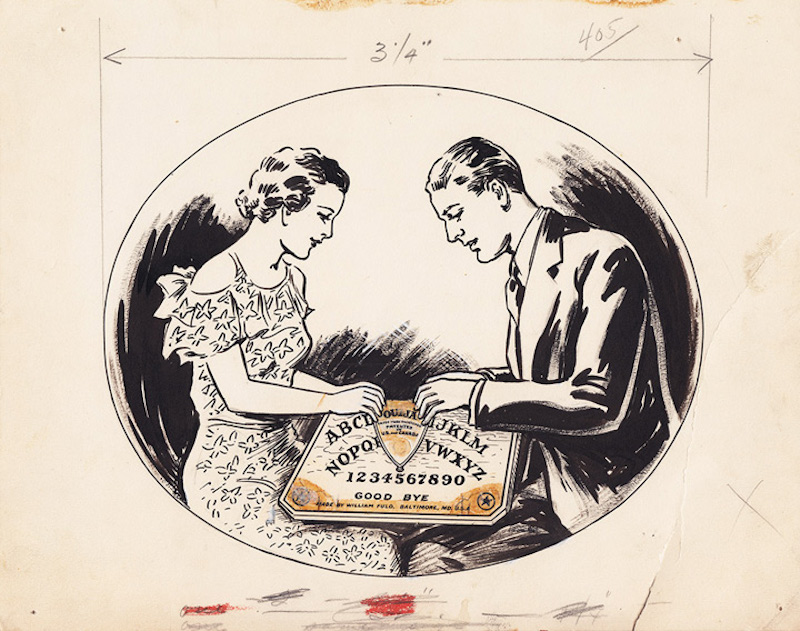
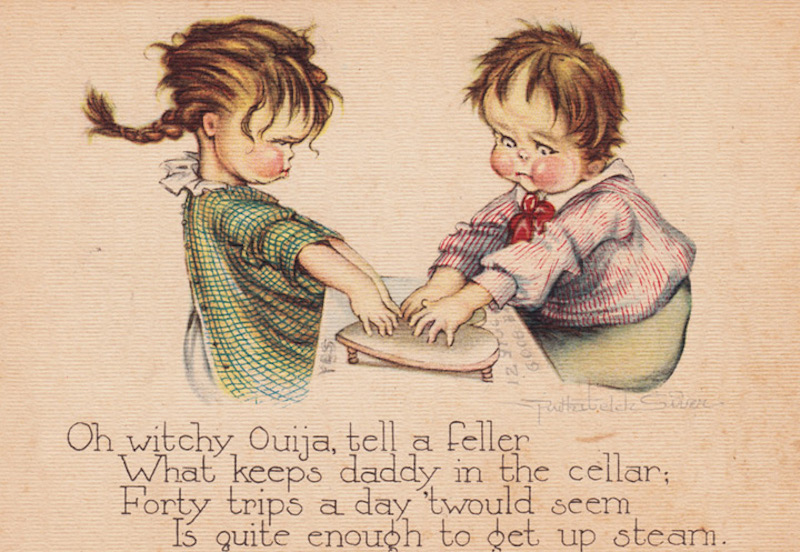
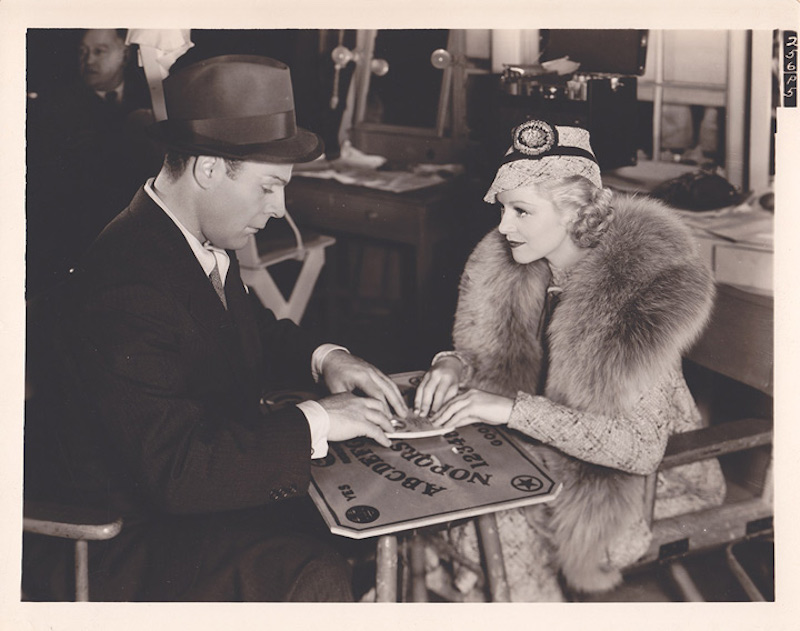
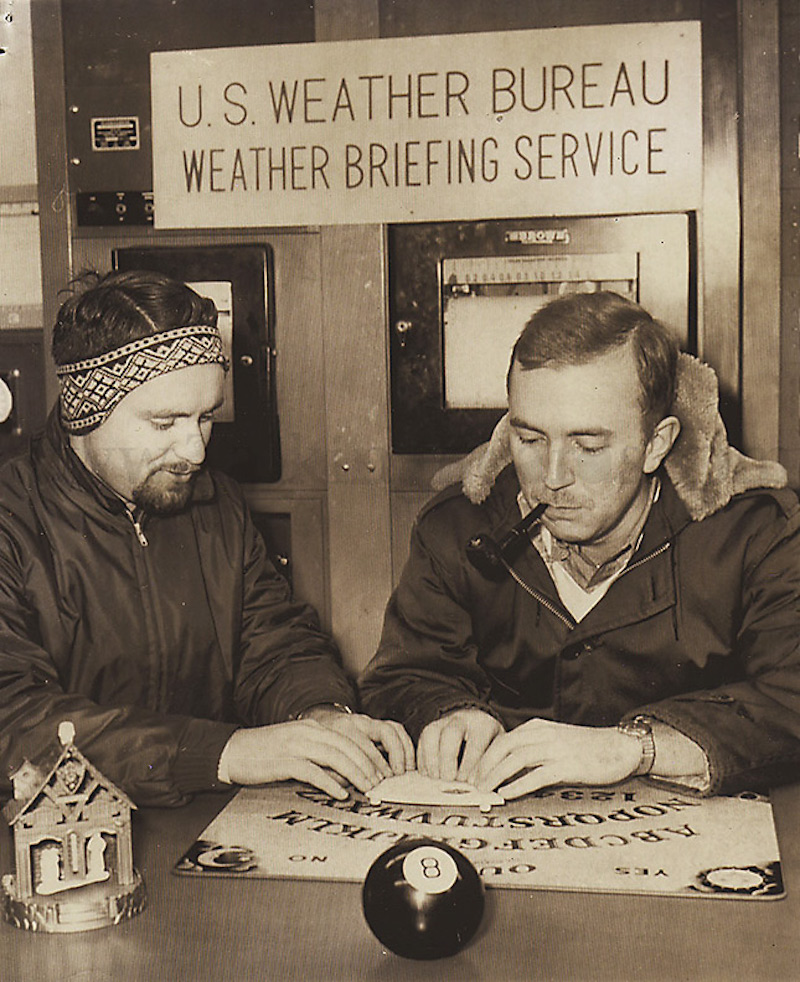
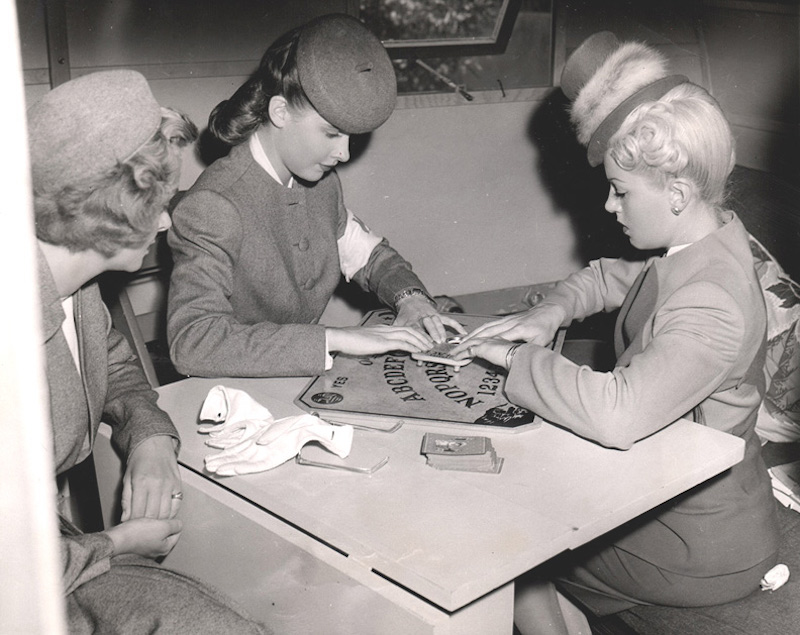
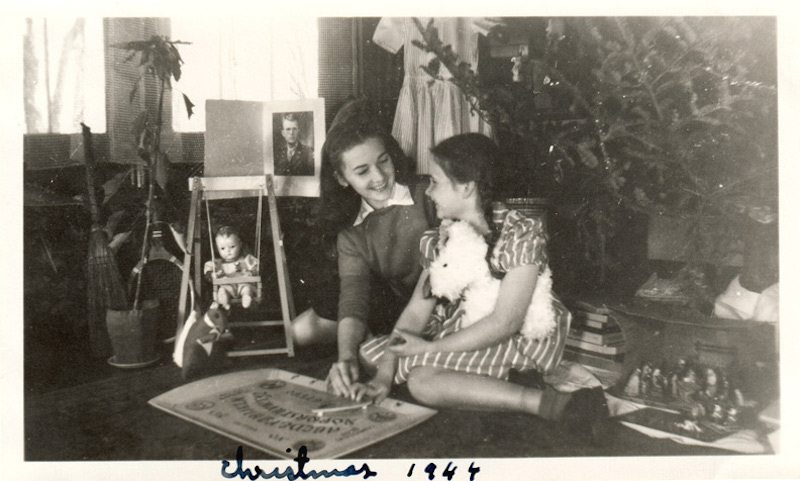
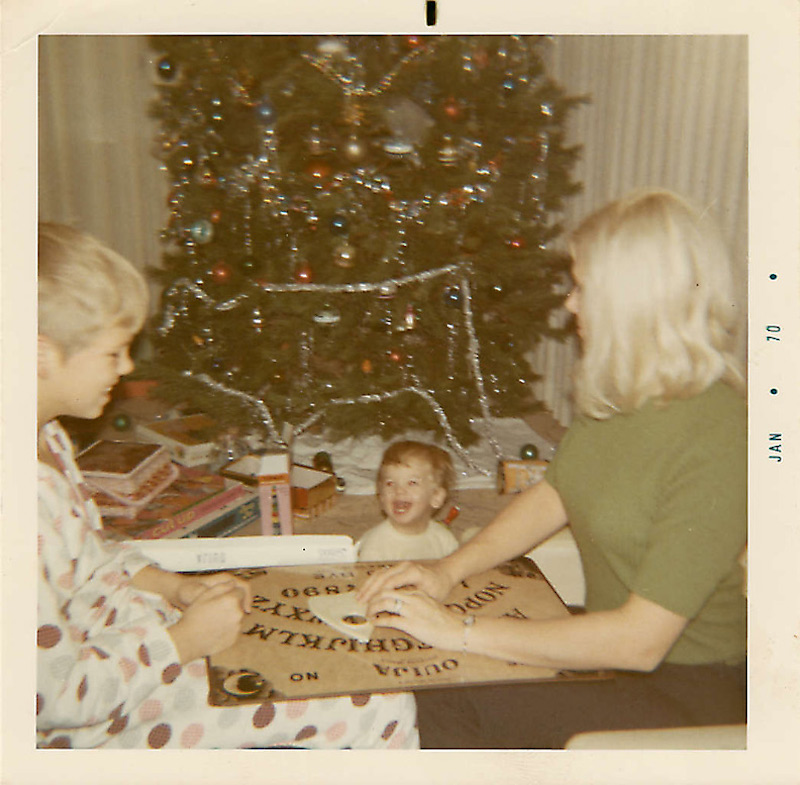
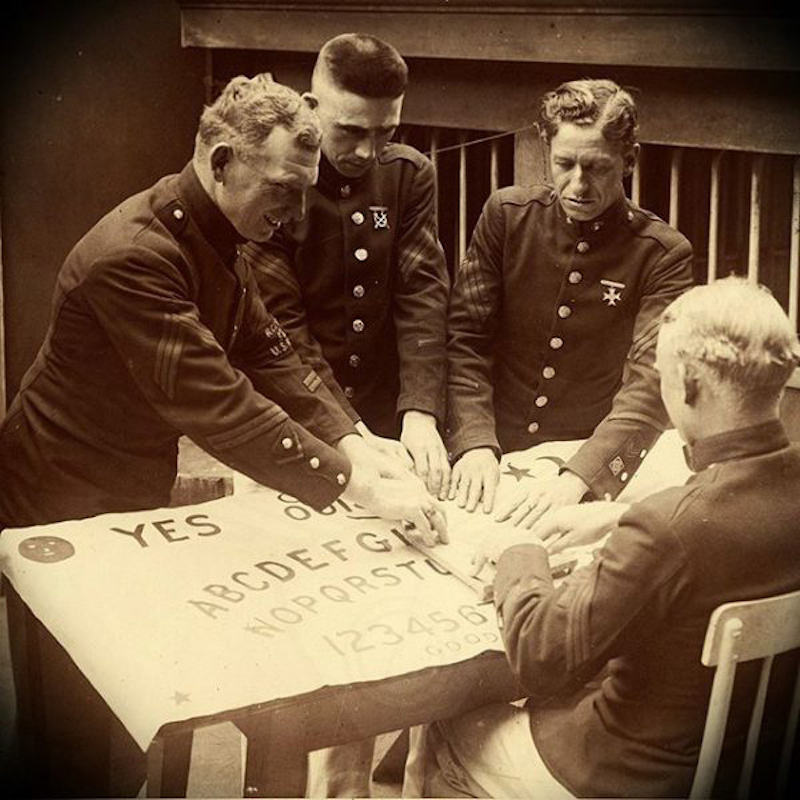
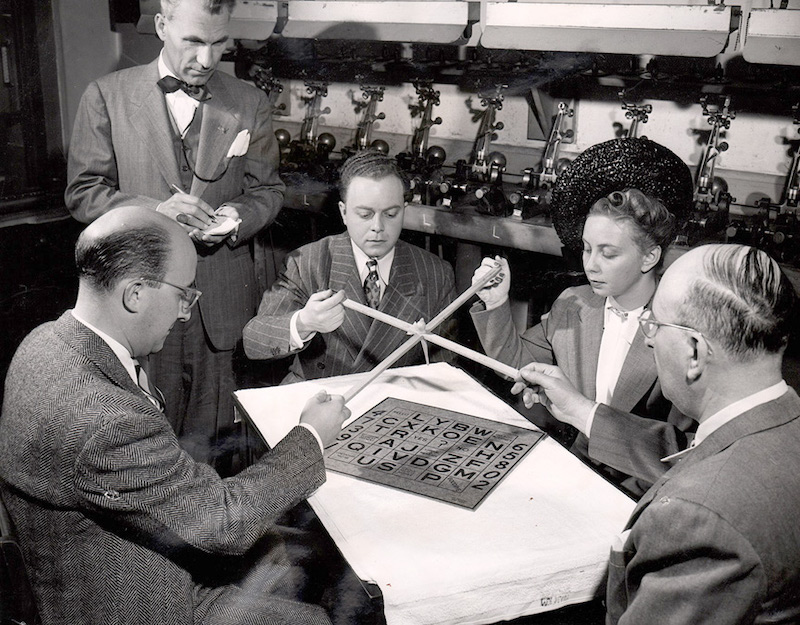
Time to get your boards out. More imagery here.
2. Hieroglyphic Lioconcha, a true enigma of the ocean

Hieroglyphic Lioconcha is a fascinating species of saltwater clam, native to the tropical waters of the Indo-Pacific. It is distinguished by its intricate patterns on the shell that resemble ancient Egyptian hieroglyphics. These natural designs, which can vary from clam to clam, have captivated scientists and collectors alike, making Lioconcha hieroglyphica into a biological and aesthetically intriguing gem. Patterns not only embellish the shell, but they can also offer clues about its habitat and adaptation to the marine environment. Studying this species allows us to better understand how shapes and patterns evolve in nature, providing a wonderful connection between art and biology. The hieroglyphic Lioconcha is a reminder of the astonishing wonders that lie beneath the sea’s surface.
Found here.
3. This New Yorker Cover by Charles Addams, creator of the Addams Family
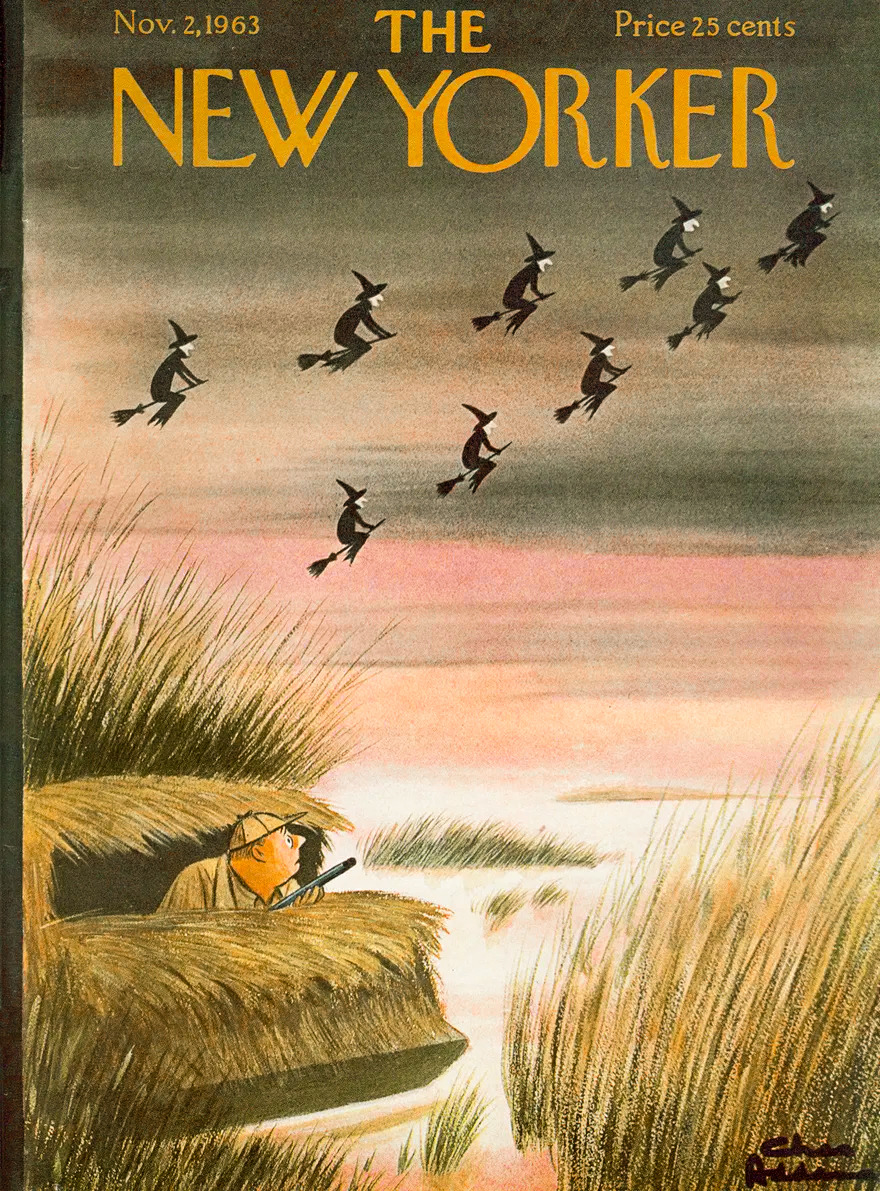
“Creator of ‘The Addams Family,’ Charles Addams (1912-1988) was known for his macabre cartoons and artwork, and equally noted for his exotic life style and liaisons with women, many of whom were famous. Most of his work was published in The New Yorker.” Found on Flickr.
4. A Man Claimed He Could Photograph Ghosts, And No One Today Can Prove He Couldn’t
4. Fire Tests with Textiles (1910)
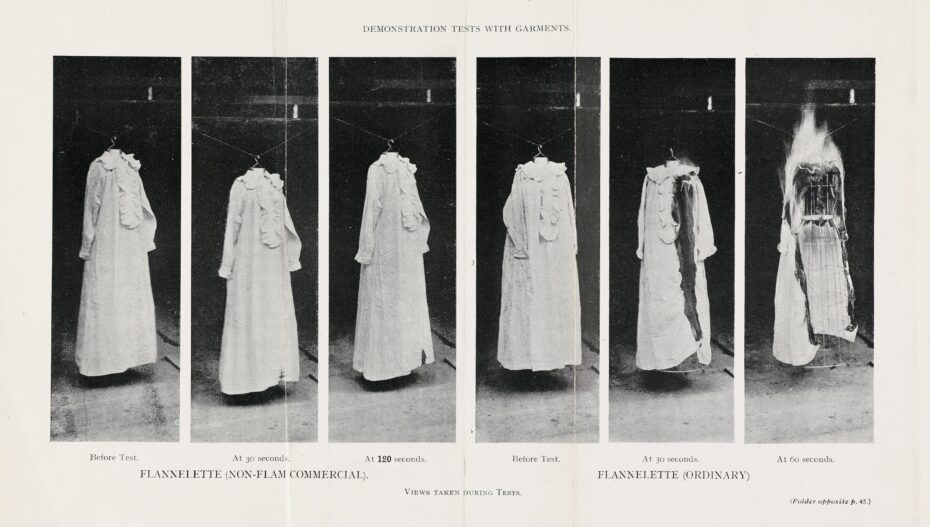
Ballerinas on fire fascinated Victorians. It was an erotic, potent image, the subject of numerous prints: dewy, ethereal virgins licked by flames. But it was also a real thing, in that actual ballerinas caught fire on stage and died of horrific burns. In one such fire, for instance, in Philadelphia in 1861, a dancer’s tutu blazed, others rushed to help, and eight ballerinas burned to death, some in view of the audience. The charred remains of French ballerina Emma Livry’s costume are held in the collection of the Musée-bibliothèque de l’Opéra in Paris; the famous dancer lifted her tutu so that the tulle wouldn’t be smushed when she sat down to rest, and the tiny whoosh of air swelled a fatal gas lamp.
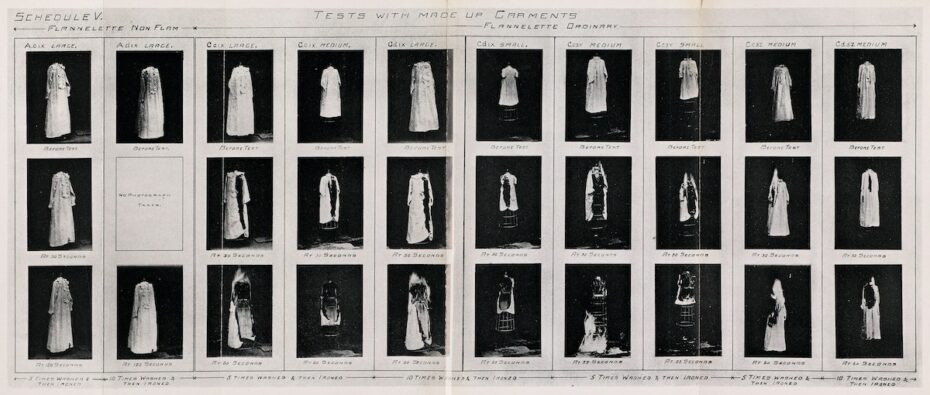
The number of fatalities increased in the last decade of the nineteenth century when a new fabric entered the market, flannelette. The fabric turned out to be extraordinarily flammable, “almost as dangerous, if touched with fire, as gunpowder”, wrote a contemporary observer. Some coroners went so far as to suggest that flannelette should be banned, which is when one of the largest manufacturers, Manchester’s Messrs Whipp Bros & Tod, finally took action.
The images above document just a tiny fraction of the ten thousand burning tests ultimately performed.
Full article found on the Public Domain Review.
5. Art Nouveau Halloween Fashion
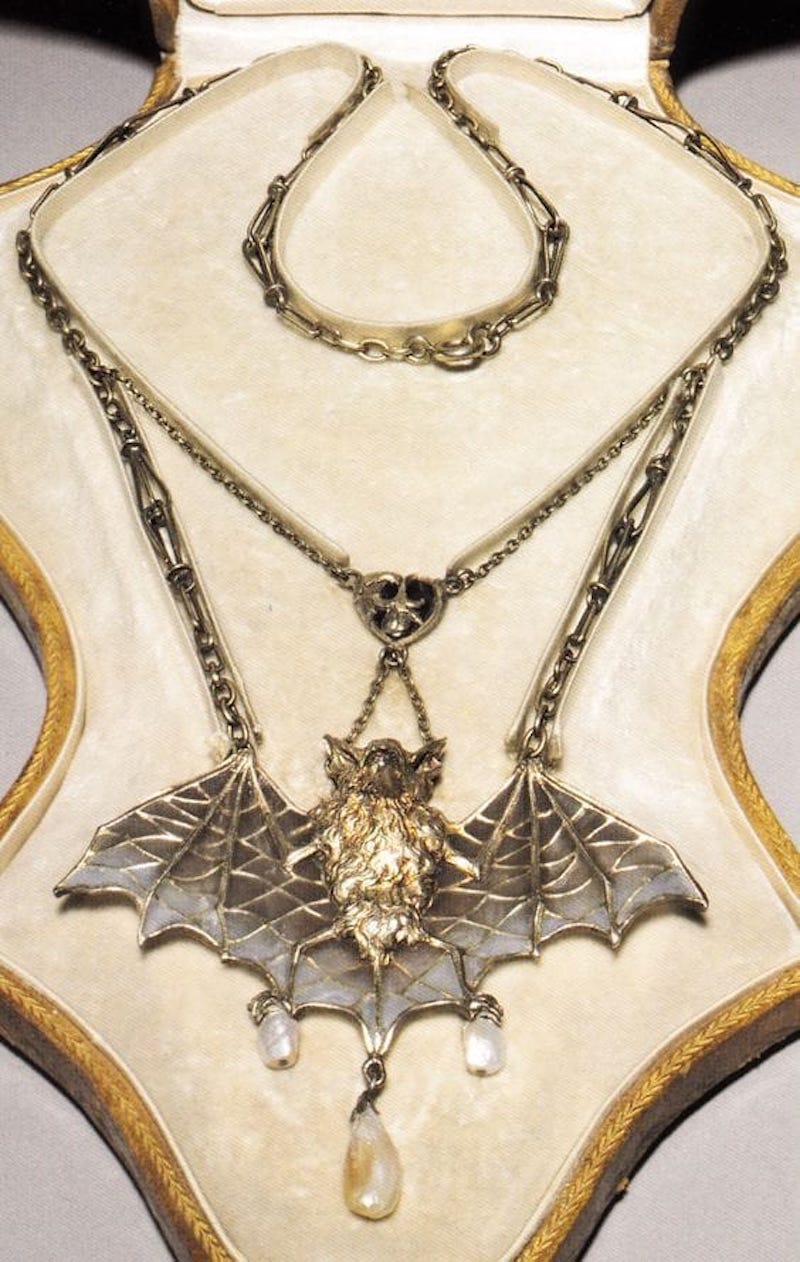
‘Bat’ necklace ca.1900, made of silver and pearls.
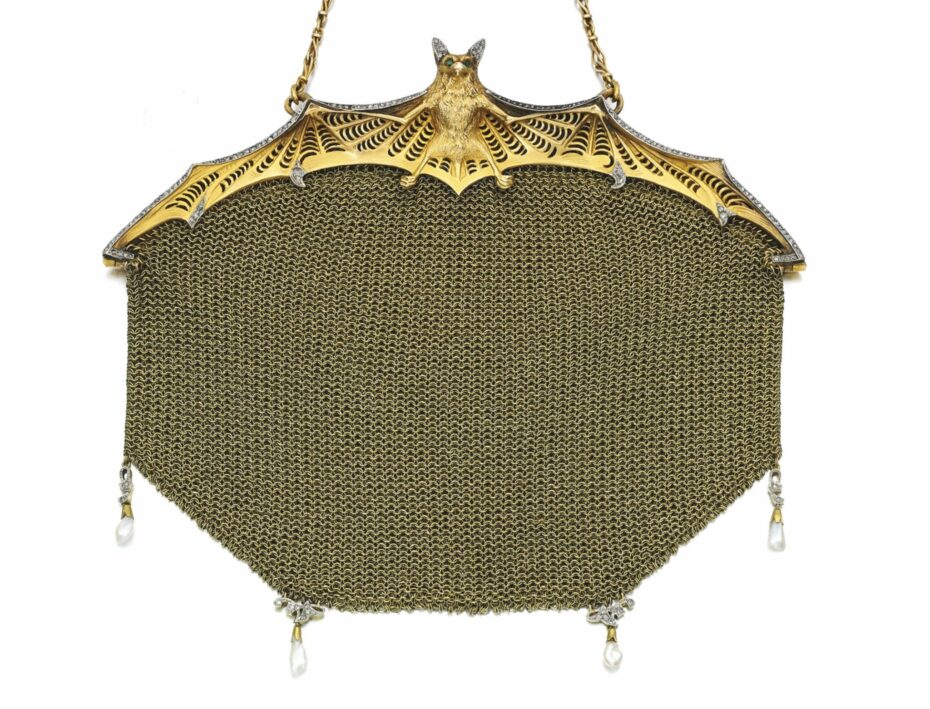
Evening bag, Lacloche frères, 1905.
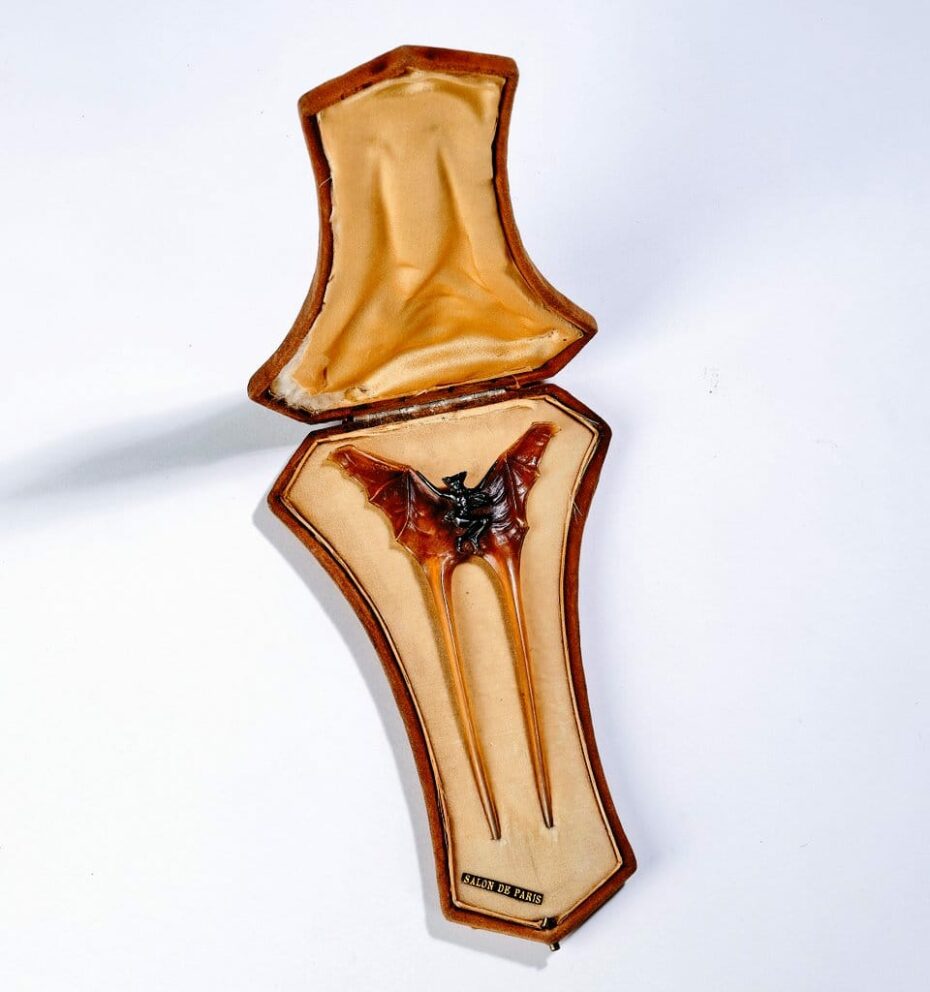
Art Nouveau comb in the form of a bat with a female figure, ca.1900, Paris, France.
Found on Treasure Trove of Vintage Pleasures.
6. Martha Stewart as Medusa on Halloween
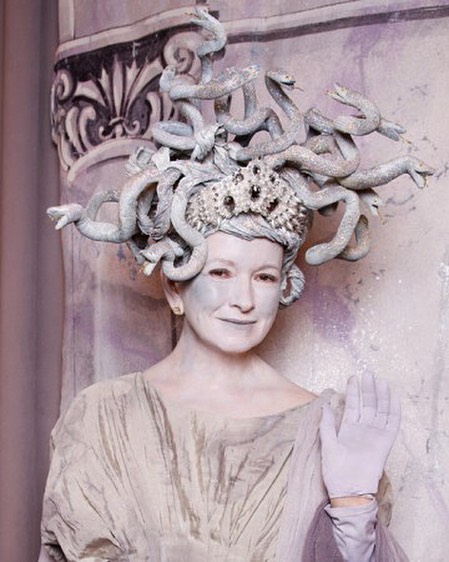
From Pinterest.
7. Channelling Isabella Rossellini from Death Becomes Her for Halloween
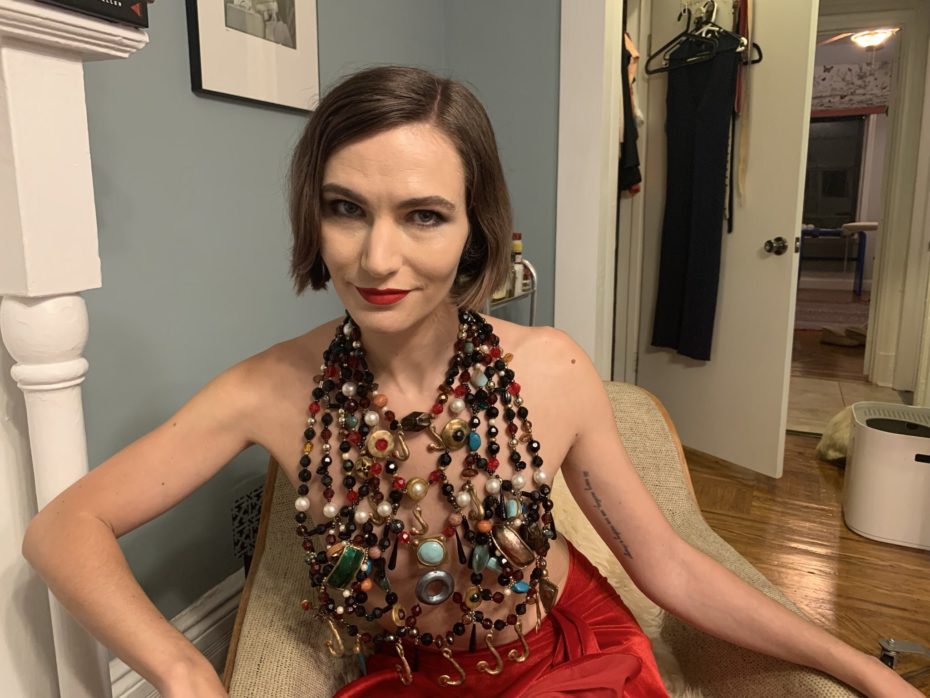
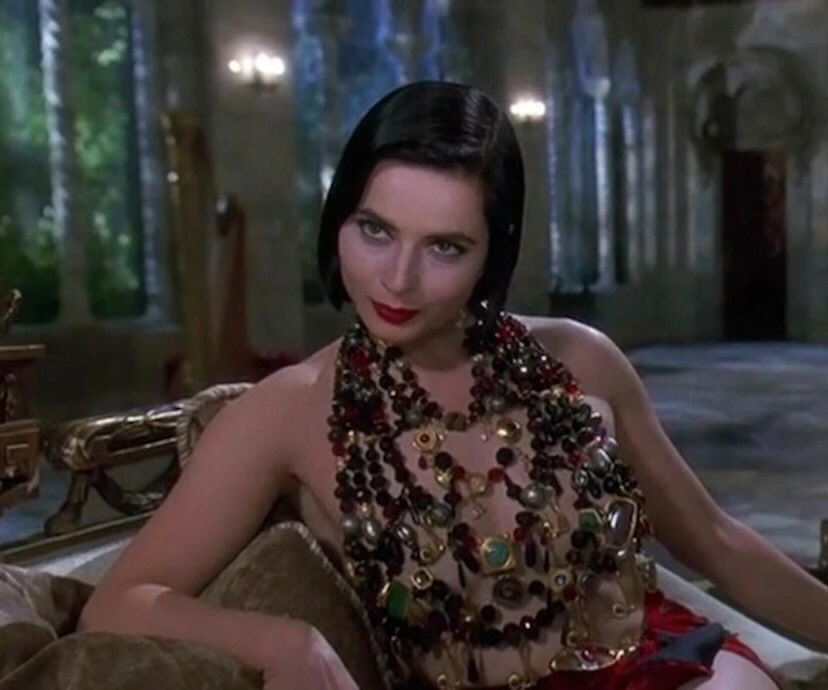

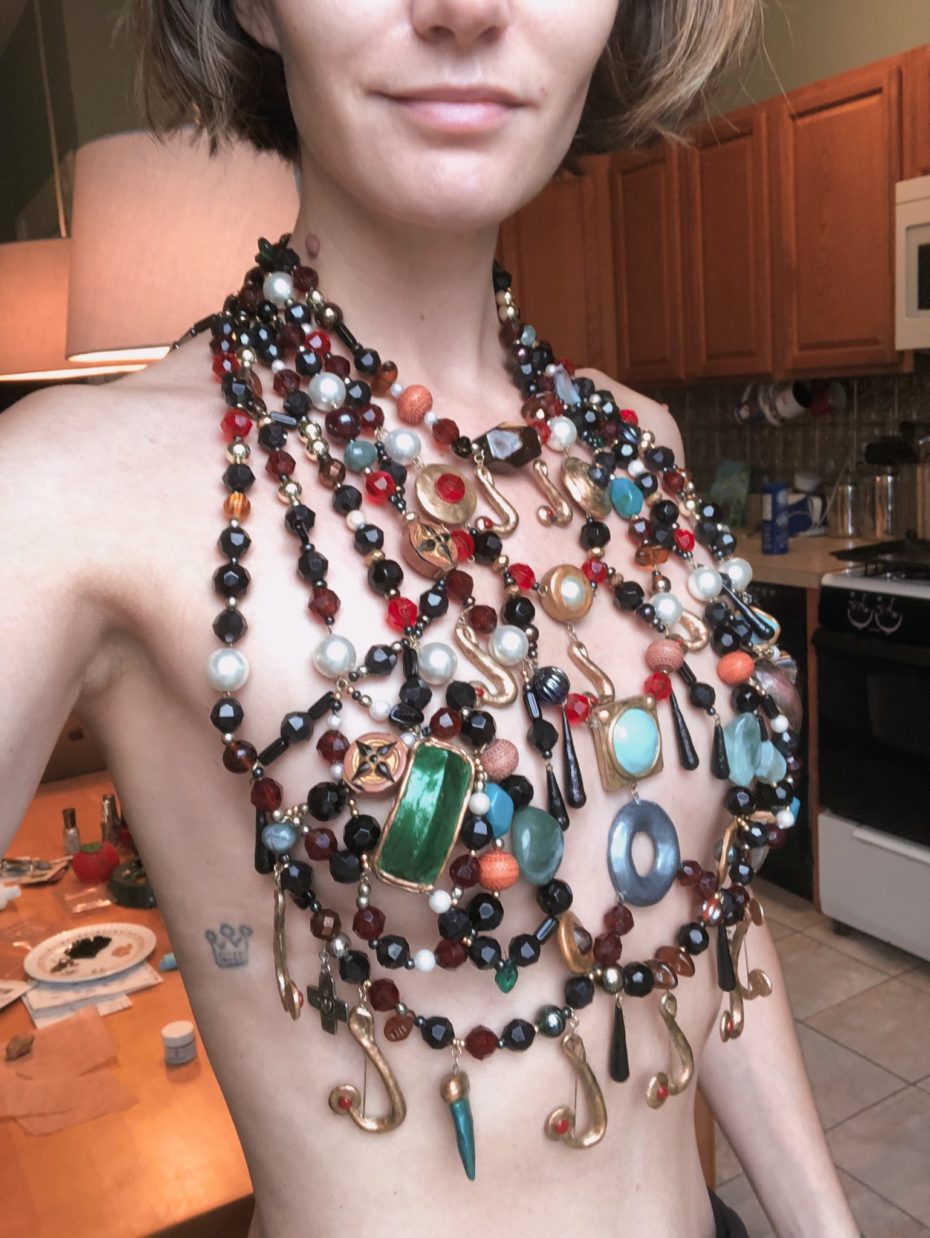
“The beads came from flea market costume pieces, others i made out of modeling clay, put together with findings and filler beads from the craft store.”
Made by journalist Jenna Sauers, found on Twitter.
8. London’s Queen of Dressing Up
Leigh Bowery (1961 – 1994) was an Australian performance artist, club promoter, and fashion designer. Bowery was known for his flamboyant and outlandish costumes and makeup as well as his (sometimes controversial) performances.
Based in London for much of his adult life, he was a significant model and muse for the English painter Lucian Freud. Bowery’s friend and fellow performer Boy George said he saw Bowery’s outrageous performances a number of times, and that it “never ceased to impress or revolt”.
Although Bowery was known to be and always described himself as gay, he married his long-time female companion Nicola Bateman. His wife did not know that Bowery had the virus until he was admitted to hospital in late November 1994. Lucian Freud paid for Bowery’s body to be repatriated to Australia.
Found on Wikipedia.
9. Aesthetically pleasing horror movies for interior design inspiration
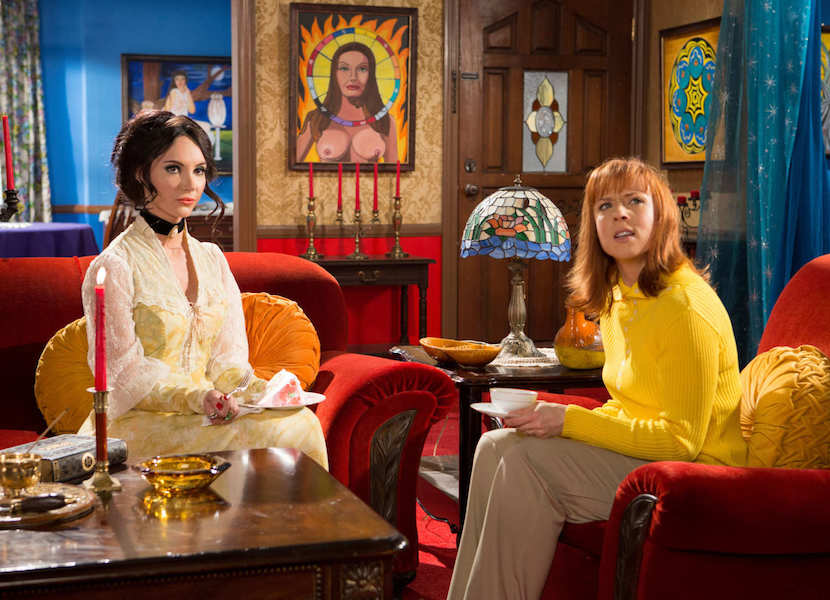
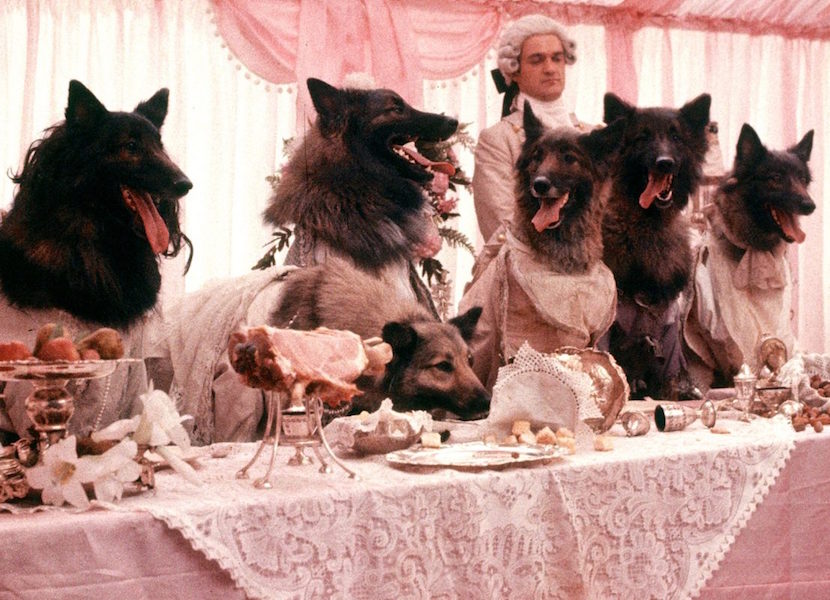
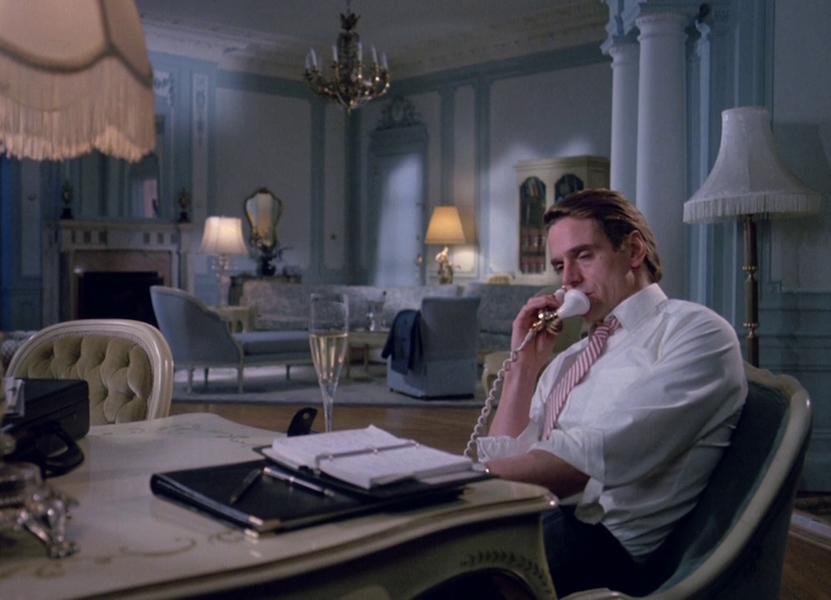
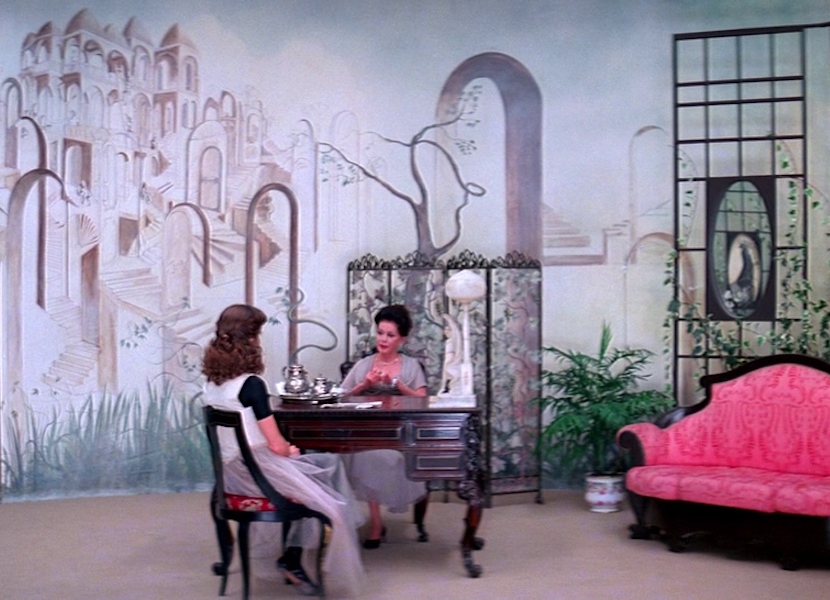
A list of films for Halloween found on Fashion Journal.
10. A Halloween Game for the family
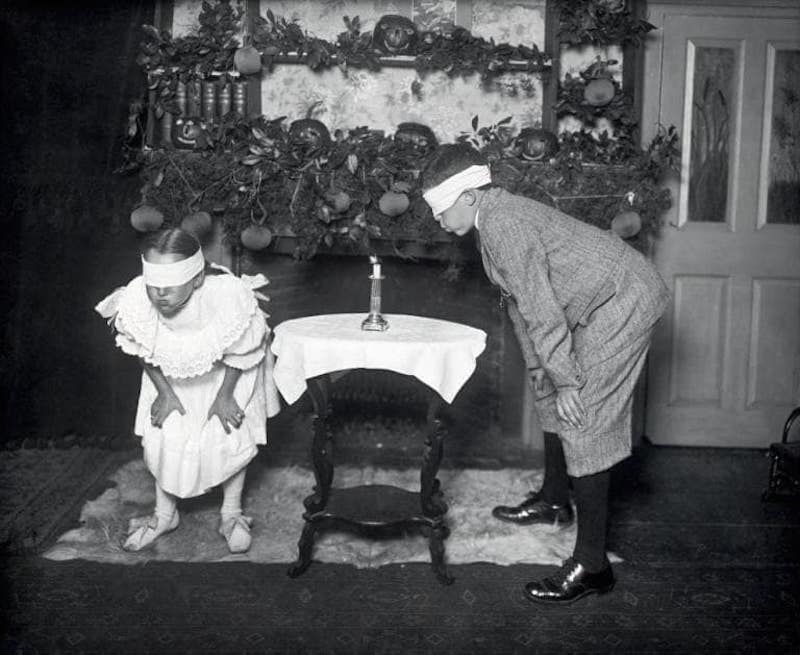
Part of an old U.S. Halloween tradition, blindfolded children attempt to put out a candle in a photograph dated to the 1900s. (Try a Halloween quiz game.) The game, probably called “blow out the candle,” is often mentioned in early Halloween party books, Bannatyne said. Halloween in the U.S. was mainly a celebration for children until the premiere of the 1978 slasher flick Halloween, when the holiday “became paired with contemporary horror,” she added. This new association with bloody violence—and the attendant gory costumes and decorations—”opened up the holiday for adults and older children to celebrate, [and] made [it] more popular.”
Found on National Geographic.
11. Five Hours of Edgar Allan Poe Stories Read by Vincent Price & Basil Rathbone

Rathbone was, of course, a South African-born Shakespearean actor who is most famous for playing Sherlock Holmes in a string of films and radio plays, though he was also a veteran star of low-budget horror films like The Black Sheep and Tales of Terror. Vincent Price was, well, Vincent Price – the iconic cackling villain in dozens of horror flicks including Roger Corman’s campy cinematic adaptations of Poe – The House of Usher, The Raven and The Masque of the Red Death.
12. The French Werewolf Endemic
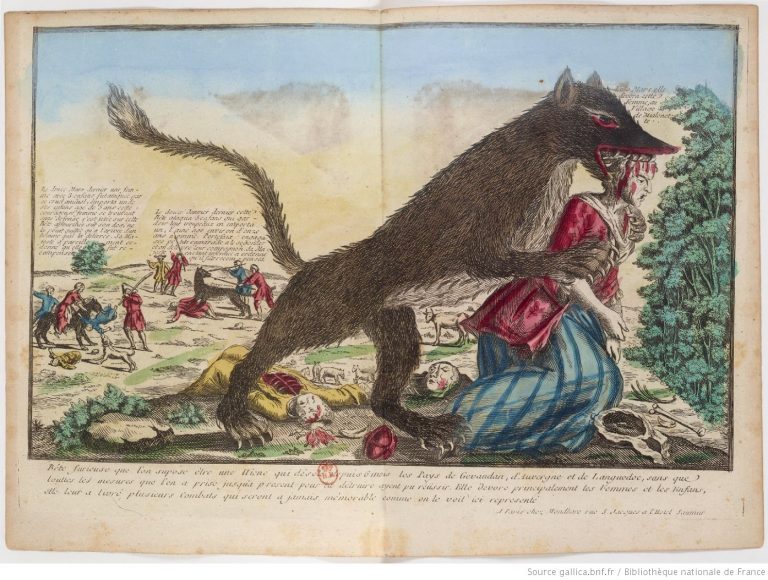
.. A 67-page academic paper on the history of killer lycanthropes or some sort of man-eating wolf exists. The French Werewolf Epidemic (1520-1630) was France’s version of Europe’s witch trials and executions, but with werewolves. For 110 years, 30 thousand people were accused of being werewolves, tortured in exchange for their confessions, or lack of admission of guilt and died at the stake. Of the many examples of accused werewolfery is of Jacques Rollet, dubbed the Werewolf of Chazes. Rollet lured a fifteen-year-old boy to the woods where he murdered and ate his body. When he was tried for his crime, he confessed to having done the same to other locals, specifically employees of the court system such as lawyers and attorneys. Rollet got the death sentence (like pretty much everyone else back then) but ended up in an insane asylum…

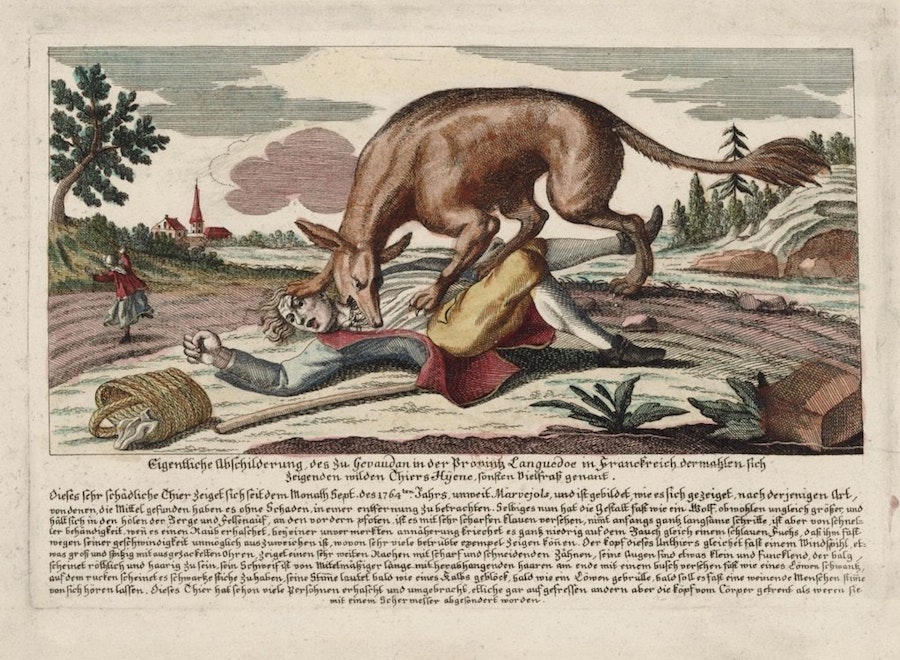
The country’s history with wolf-related mythology is long and rich with stories such as the La Bête du Gévaudan, or The Beast of Gévaudan, which for three years terrorized the area. The first attack occurred in April of 1764, and the victim, a young woman tending her flock of sheep, described her assailant as looking “like a wolf, yet not a wolf.” She survived when her sheep went into action, defending the teenage girl from the Beast…. This would be the start of more than 100 documented fatal attacks in Gévaudan in which most of the victims were partially eaten.
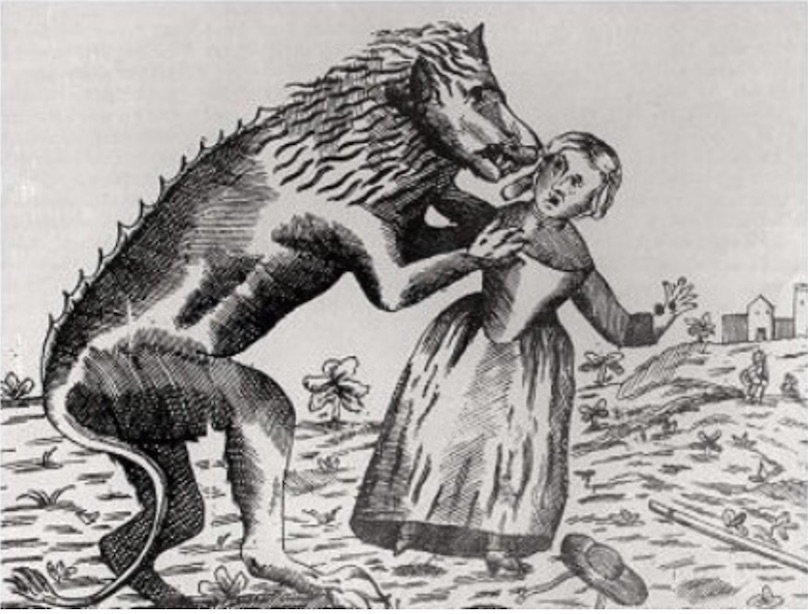
Read the full story on Dangerous Minds.


